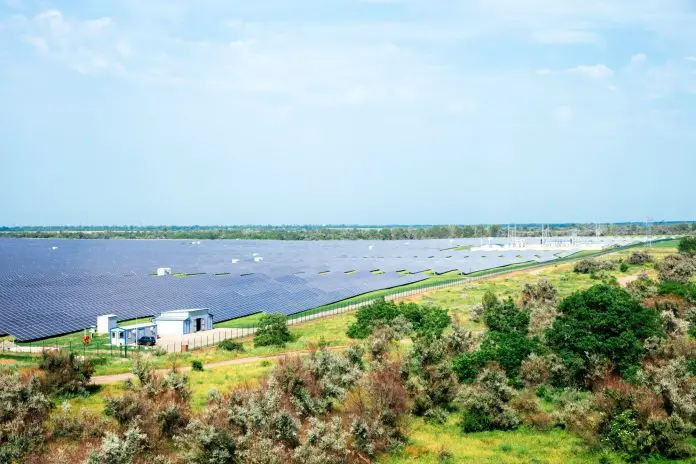Key Takeaways
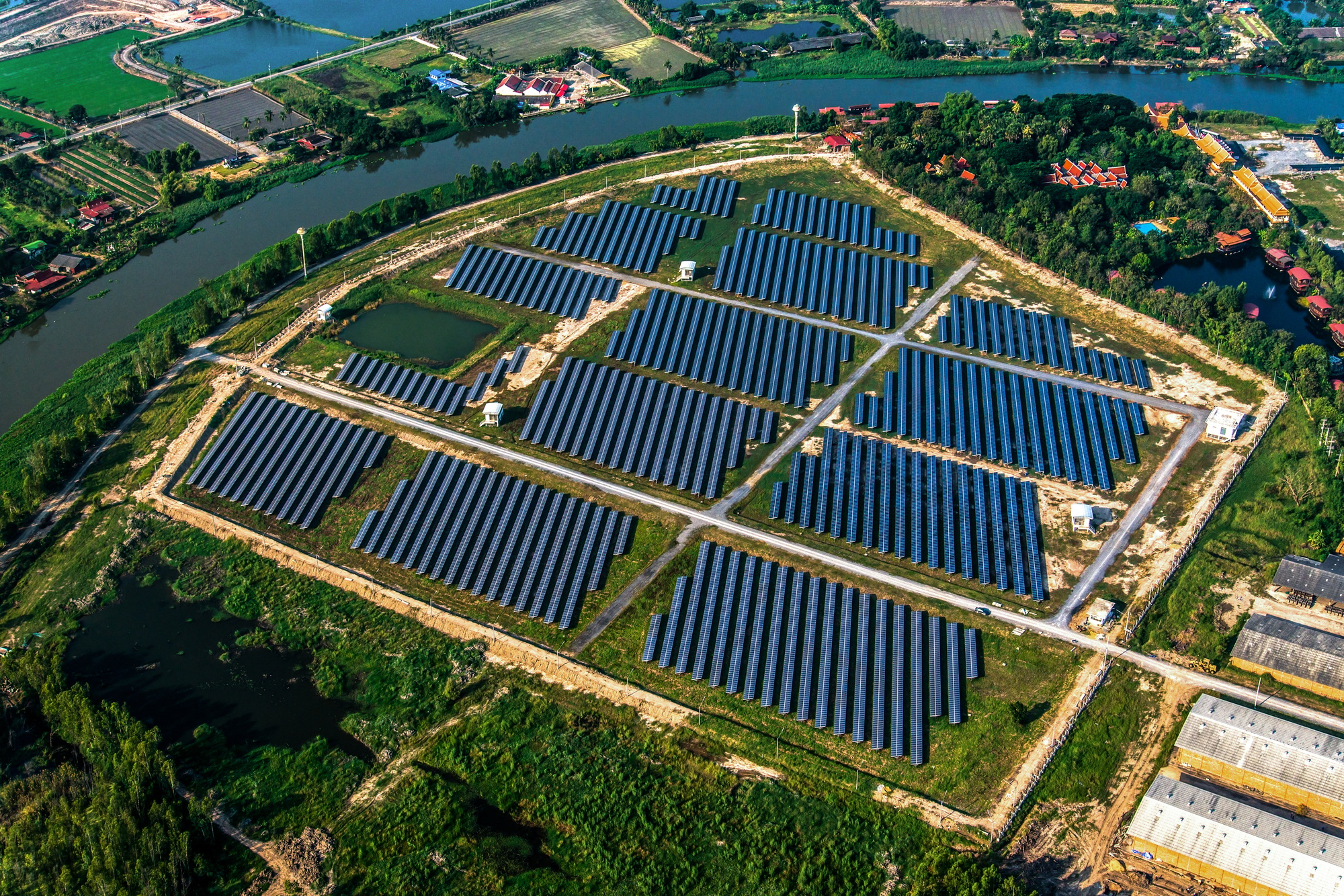
- Define Your Goals: Establish clear business objectives regarding energy output and financial returns to guide your solar farm project.
- Conduct Feasibility Studies: Analyze site potential, including sunlight exposure and zoning regulations, to ensure the project is viable and profitable.
- Secure Financing: Explore funding options like loans, grants, and tax incentives to finance your solar farm and reduce upfront costs.
- Understand Local Regulations: Obtain necessary permits and comply with zoning laws to legally establish and operate your solar farm.
- Design for Efficiency: Work with professionals to design an effective layout and select quality equipment to maximize energy production and operational efficiency.
- Implement Monitoring Systems: Establish systems to continuously track performance and energy production, enabling timely maintenance and optimization.
Thinking about starting a solar farm? You’re not alone. With the increasing demand for renewable energy and the push for sustainability, more people are exploring solar farming as a viable business opportunity. This venture not only contributes to a greener planet but can also provide a steady income stream.
Setting up a solar farm might seem daunting, but with the right knowledge and planning, you can navigate the process smoothly. From understanding the financial aspects to selecting the right location, each step is crucial for your success. Let’s dive into the essentials of launching your own solar farm and harnessing the power of the sun for a brighter future.
How To Start A Solar Farm
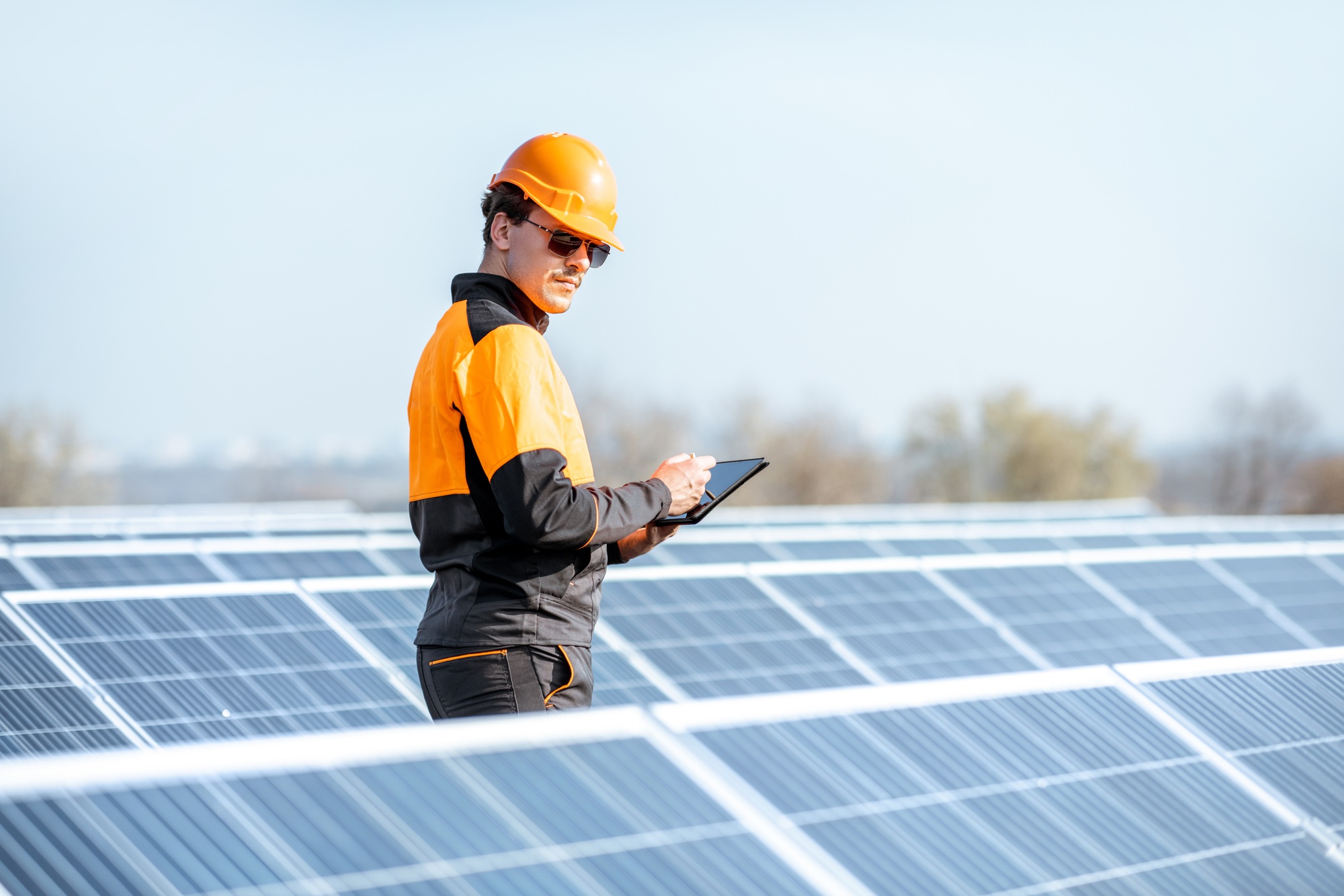
Starting a solar farm involves several critical steps. Each step requires thorough research and planning.
- Evaluate Your Goals
Define your business goals, considering factors such as desired energy output, market demand, and financial returns. Determine if the solar farm operates as a small business or a larger enterprise.
- Conduct a Feasibility Study
Analyze the site’s solar potential by assessing factors like sunlight exposure, land size, and zoning regulations. Engage experts to conduct energy yield assessments and financial modeling for the project.
- Select a Suitable Location
Choose land with optimal weather conditions and minimal shading. Land with appropriate accessibility for installation and maintenance significantly enhances efficiency.
- Secure Financing
Identify funding sources through loans, grants, or investors. Assess available incentives that support renewable energy projects such as tax credits and rebates to reduce overall costs.
- Obtain Permits and Approvals
Navigate local regulations by obtaining necessary permits for installation and operation. Completion of environmental impact assessments may be required.
- Design the Solar Farm
Work with a professional to design the layout, determining the type and quantity of solar panels and inverters. Plan for maintenance areas and access paths.
- Install Equipment
Assemble a skilled team to install solar panels and associated infrastructure. Ensure compliance with safety standards throughout the installation process.
- Connect to the Grid
Coordinate with local utility providers to connect your solar farm to the electrical grid. Ensuring compliance with grid interconnection requirements is crucial for operational success.
- Implement Monitoring Systems
Establish monitoring systems to track energy production and performance. Regular monitoring will facilitate timely maintenance and ensure maximum efficiency.
- Promote Your Solar Farm
Market your solar farm to potential buyers and communities. Highlight its benefits, such as reduced energy costs and contribution to local sustainability efforts.
Each of these steps reflects the commitment to launching a successful solar farm business.
Understanding Solar Farms

Understanding solar farms involves grasping their structure and the various forms they take. Solar farms capture sunlight and convert it into electricity, presenting a viable option for small business ventures focused on renewable energy.
What Is A Solar Farm?
A solar farm, also known as a solar energy farm, solar power plant, or solar panel field, represents a large-scale solar system designed to harness sunlight. These facilities consist of numerous solar panels or photovoltaic (PV) panels that absorb sunlight and convert it into direct current (DC) electricity. This electricity may be used onsite or sold to utility companies.
Types Of Solar Farms
- Utility-Scale Solar Farms:
Utility-scale solar farms encompass large facilities that can generate up to 1 GW of electricity, ideally situated across multiple acres of land. The energy produced is typically sold to utility buyers through power purchase agreements (PPAs) or owned by utility companies. Notable for their size and energy output, these projects exhibit significant power generation capabilities.
- Distributed Generation:
Distributed generation includes smaller-scale solar projects that create electricity close to where it will be consumed. These setups often serve specific businesses or residential areas, promoting localized energy solutions.
Benefits Of Solar Energy
Solar energy offers numerous advantages for both the environment and business profitability. Installation of solar farms contributes to reducing greenhouse gas emissions while generating renewable energy. Financial benefits include lower electricity costs, potential tax incentives, and the opportunity for steady income through power sales or consumption savings. Investing in solar energy represents a proactive step toward sustainability and can enhance your small business’s reputation as an environmentally conscious entity.
Planning Your Solar Farm
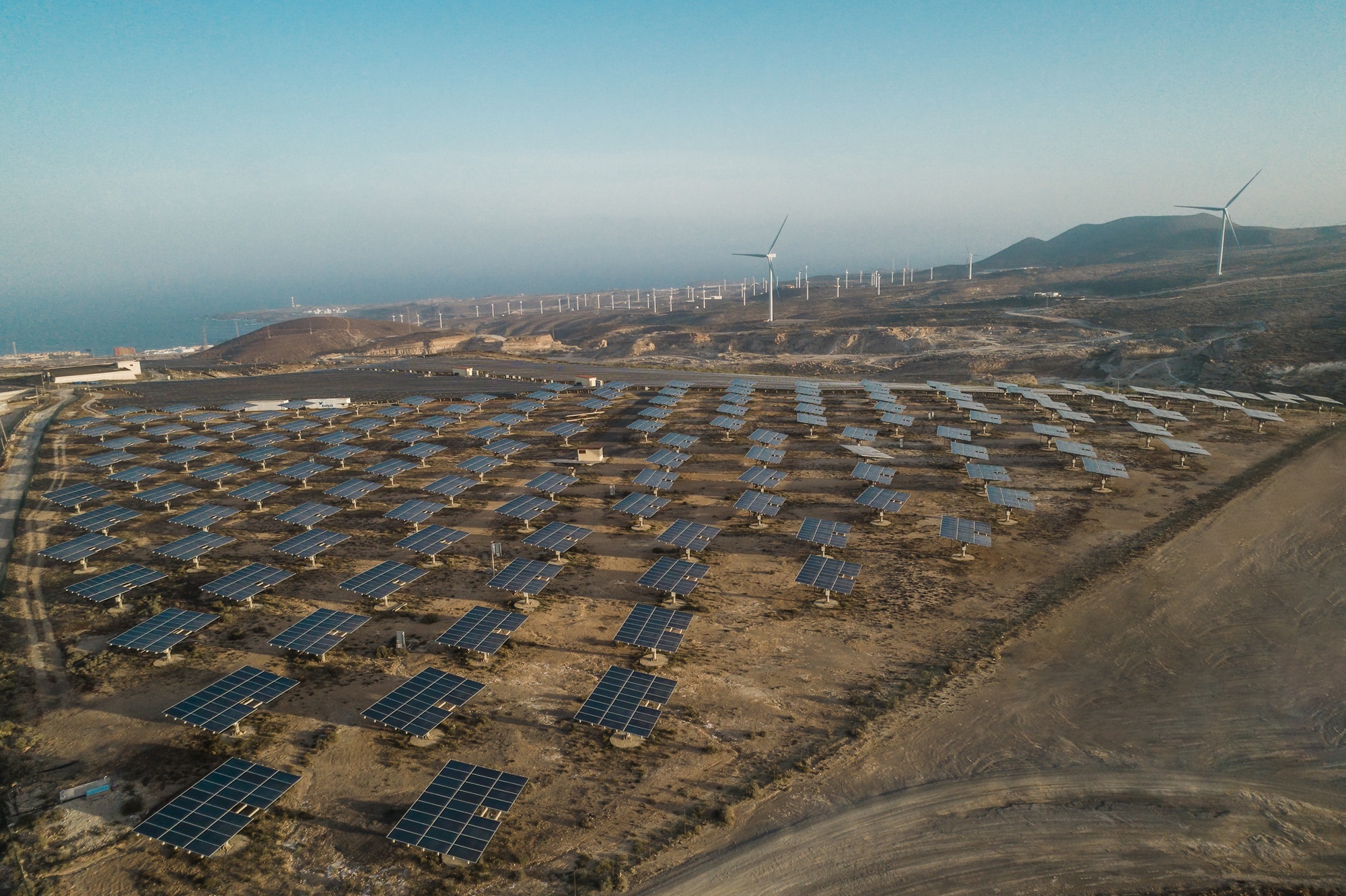
Planning your solar farm involves strategic steps that ensure the project’s success, starting with understanding the feasibility of the concept.
Conducting A Feasibility Study
Conducting a feasibility study assesses the viability of your solar farm project. Evaluate factors such as solar resources, land availability, and potential energy yield. Analyze local energy demands and pricing structures. Engage experts to complete solar assessments and financial projections. Understand the installation costs and expected returns on investment to strengthen your business case.
Assessing Land Requirements
Assessing land requirements focuses on determining the optimal size for your solar farm. Calculate the total area necessary based on your energy output goals. Expect a typical solar farm to require 2-5 acres of land for each megawatt of energy produced. Verify the land’s characteristics, like soil quality and accessibility, to ensure efficient construction and maintenance. Identify potential landowners or lease options that align with your business objectives.
Local Regulations and Zoning
Local regulations and zoning laws dictate where solar farms can operate. Research the specific zoning requirements for your location. Understand the necessary permits for construction and operation. Compliance with local regulations is essential for avoiding legal complications. Consult with local authorities or legal experts to navigate these requirements effectively. Adhering to both federal and state regulations enhances project legitimacy and supports long-term sustainability.
Financial Considerations
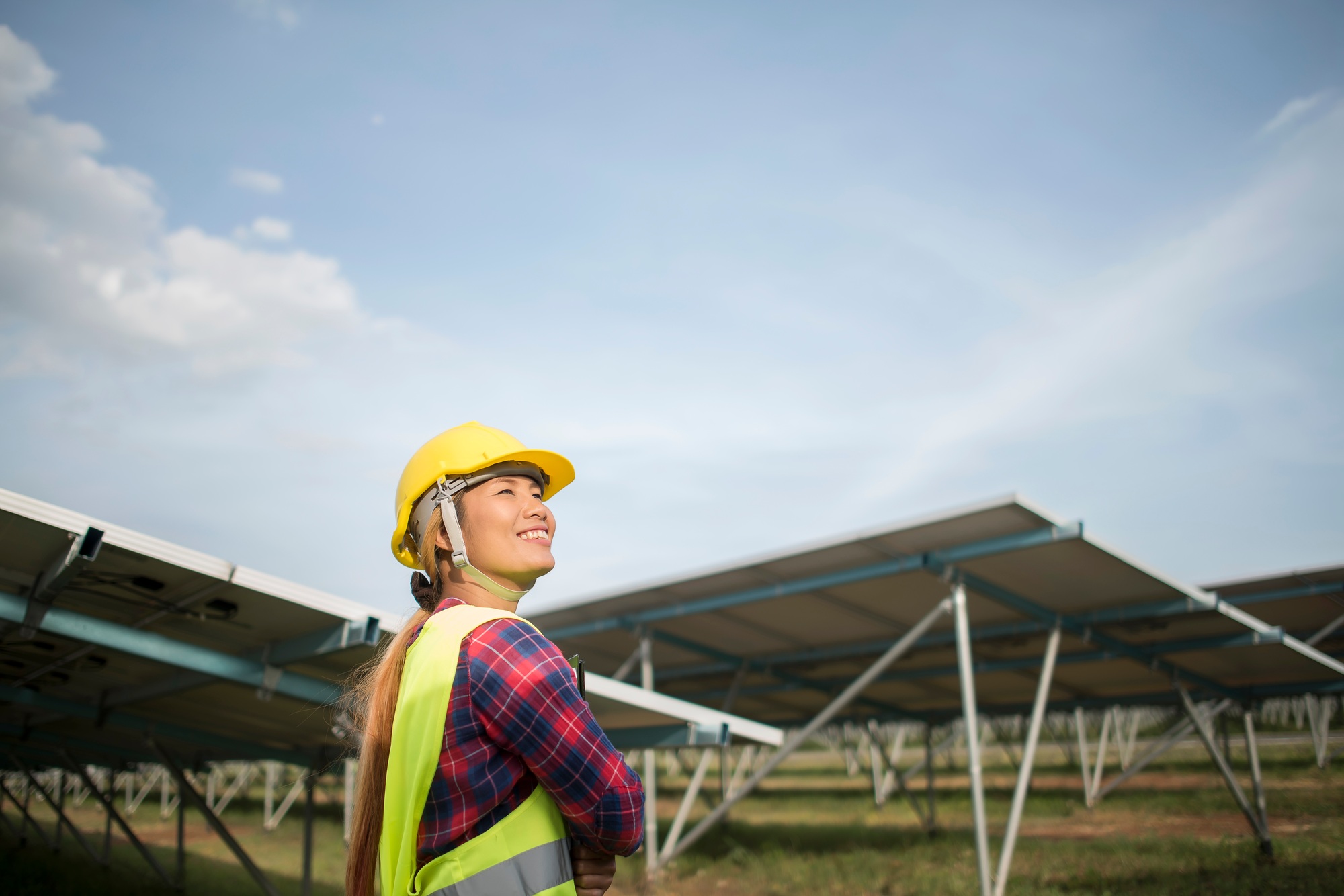
Starting a solar farm involves various financial aspects that require careful analysis and planning. Understanding costs associated with this venture is critical for success.
Estimating Costs
Estimating costs consists of two primary categories: upfront costs and ongoing expenses. For a small solar farm, the upfront costs for a 1 MW solar facility can range from $820,000 to $1.36 million, excluding additional fees such as interconnection fees, often exceeding $30,000. Ongoing expenses include maintenance, insurance, and regulatory fees. Maintenance costs remain low due to the durability of solar panels. Insurance and bonding requirements typically range from $15,000 to $50,000 annually.
Funding Options
Funding options play a crucial role in financing your solar farm. Consider traditional methods like bank loans or venture capital. Explore grants available from state or federal programs promoting renewable energy. Some regions offer tax incentives for small business owners starting solar farms, enhancing funding viability. Partnering with investors or utilizing crowdfunding platforms also presents unique opportunities for securing needed capital.
Return On Investment (ROI)
Assessing return on investment (ROI) directly affects your decision-making process. Solar farms deliver energy savings through reduced electricity costs and generate income over their lifespan. A well-structured solar farm can achieve a ROI within 5 to 10 years depending on market conditions and government incentives. Calculating ROI requires careful consideration of all costs, including upfront investments and ongoing operational expenses, ensuring accurate projections for profitability.
Essential Materials And Tools
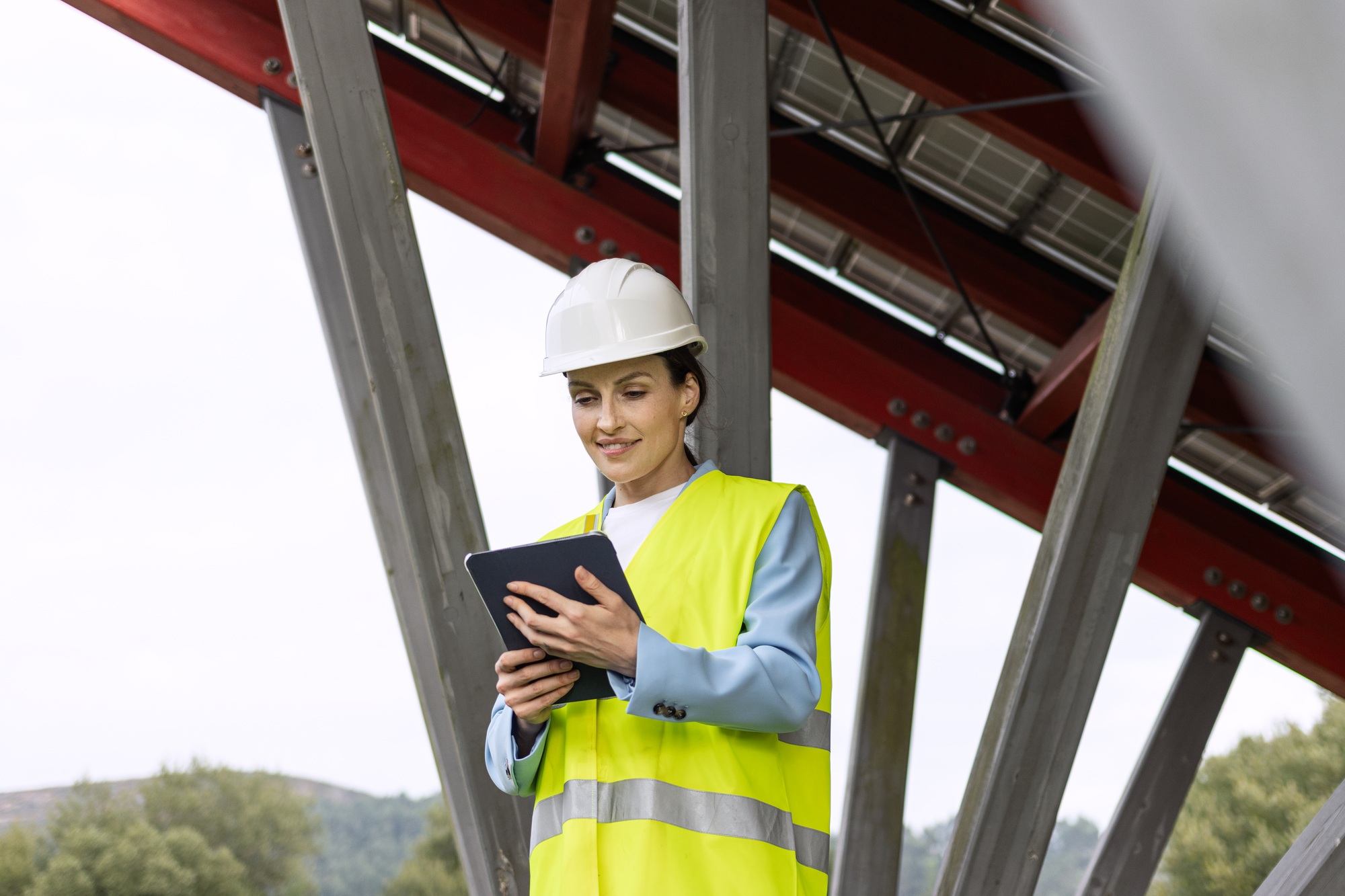
Starting a solar farm requires specific materials and tools for successful implementation. Utilize the following essential items for your solar energy project.
Required Permits And Licenses
Acquire necessary permits and licenses that align with local regulations. Identify requirements based on your location by consulting local authorities or industry experts. Typical permits may include land use permits, environmental impact assessments, and interconnection agreements with utility companies. Ensure compliance to avoid delays and legal issues during the establishment of your solar farm.
Solar Panels And Equipment
Select quality solar panels and equipment to optimize energy production. Consider the following items:
- Solar panels: Choose efficient models based on wattage and efficiency ratings.
- Inverters: Utilize inverters to convert direct current (DC) from panels to alternating current (AC) for grid compatibility.
- Mounting systems: Implement robust mounting systems to securely position solar panels.
- Battery storage: Incorporate battery systems for energy storage and supply during low sunlight periods.
Infrastructure Needs
Establish critical infrastructure for seamless operation. Focus on these infrastructural elements:
- Access roads: Build reliable roads for clear access to the site.
- Electrical connections: Ensure robust connections to the electrical grid for energy distribution.
- Fencing: Install fencing for security and protection of the solar farm.
- Maintenance facilities: Create facilities for storing tools and conducting maintenance work.
By considering these essential materials and tools when starting your solar farm, you can ensure a solid foundation for your small business in renewable energy.
Designing Your Solar Farm
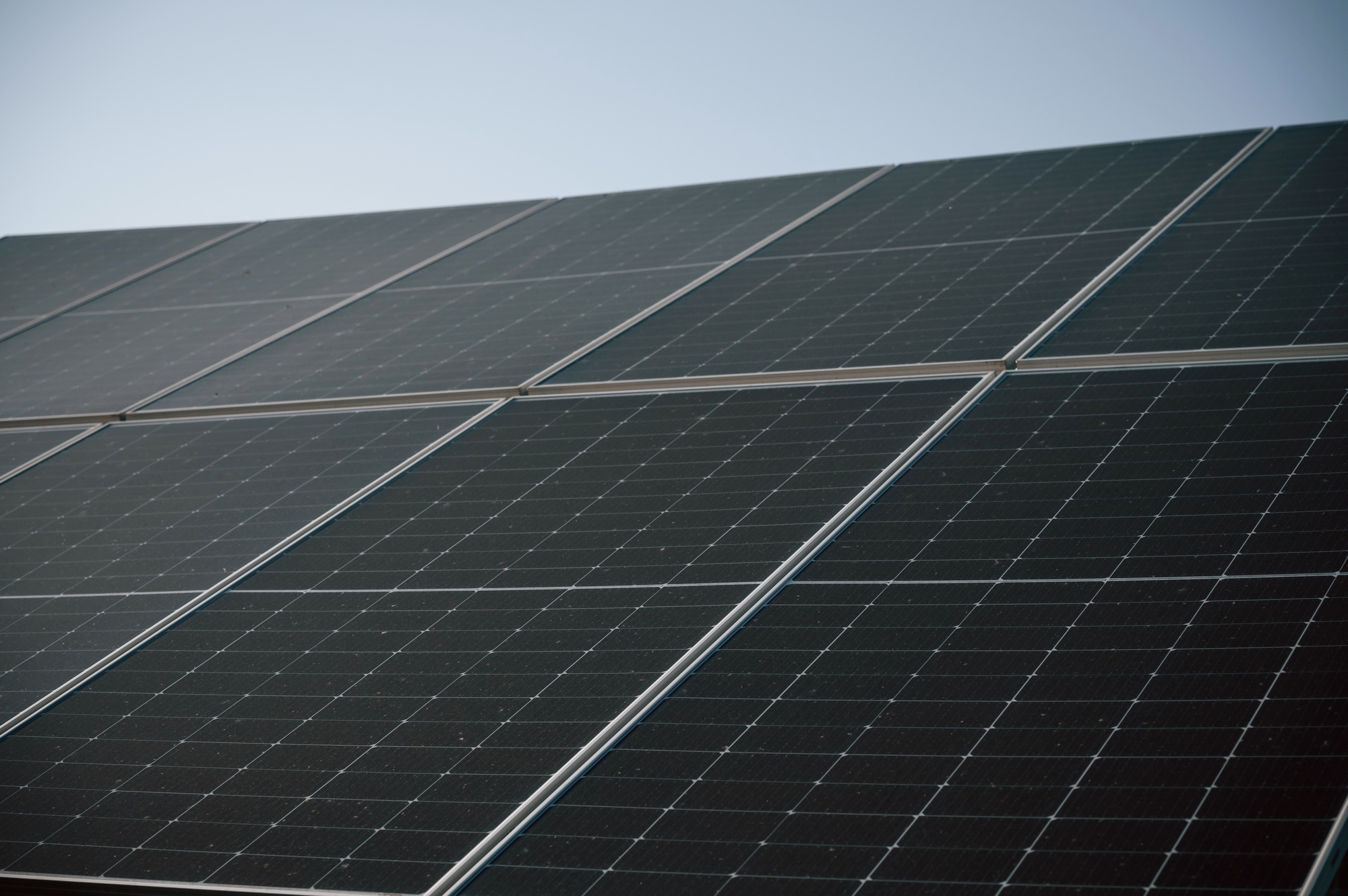
Designing a solar farm involves strategic planning to ensure efficiency and productivity.
Site Layout Planning
Analyzing solar irradiance helps identify areas receiving optimal sunlight. Prioritizing the removal of obstructions such as trees and buildings mitigates shading effects. Designing an effective layout optimizes ground coverage ratio (GCR), ensuring maximum land usage. Consider incorporating safety features for construction and maintenance access. Promoting access to vital infrastructure enhances operational effectiveness.
Choosing The Right Technology
Evaluating technology options broadens potential for energy output. Selecting high-efficiency solar panels enhances generation capacity, while advanced inverters facilitate energy conversion. Assess the compatibility of battery storage systems for energy supply during low sunlight periods. Regularly updating technology based on market innovations increases competitiveness. Investing in reliable technology contributes to long-term sustainability and profitability for your solar farm.
Developing An Energy Production Plan
Creating a comprehensive energy production plan outlines expected output and efficiency. Utilize historical solar data to project energy generation. Calculating the anticipated return on investment (ROI) for your solar farm ensures financial viability. Establish a monitoring and maintenance strategy to track performance over time. Planning for seasonal variations helps optimize energy production and meet local energy demands effectively.
Installation Process
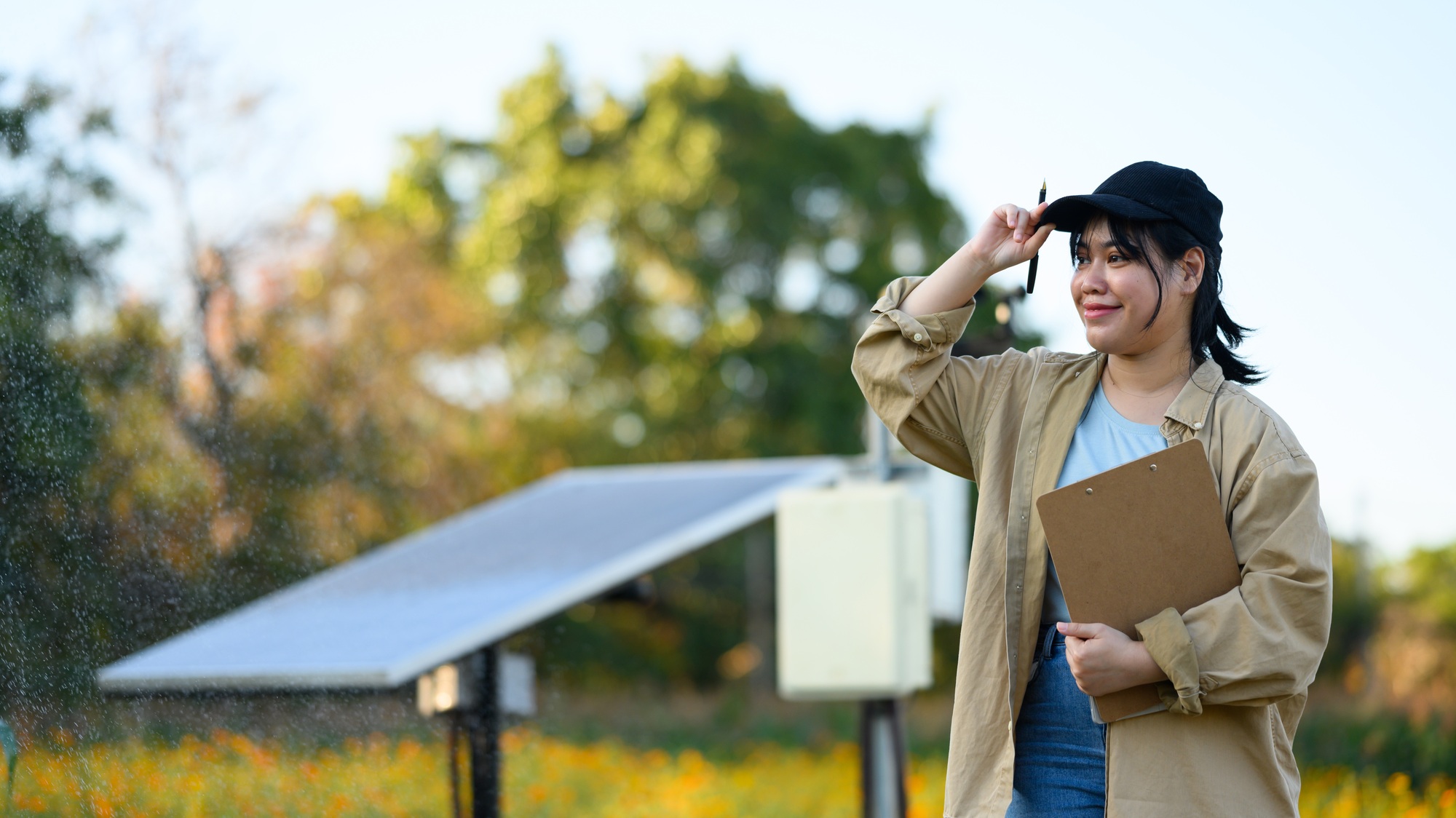
The installation process incorporates key steps from hiring contractors to ensuring quality during installation.
Hiring Contractors
Hiring skilled contractors enhances installation efficiency. Engage contractors experienced in solar energy to ensure compliance with regulations and safety standards. Assess their previous work and qualifications, focusing on their ability to execute projects on time and within budget. Verification of licenses and insurance protects your investment and mitigates potential risks.
Step-By-Step Installation Guide
- Site Preparation: Clear land of vegetation debris and obstructions. Conduct geotechnical assessments to evaluate soil and terrain stability.
- Mounting System Installation: Install mounting structures for solar panels. Select ground-mounted systems for large open areas or roof-mounted systems for buildings and structures.
- Solar Panel Installation: Secure solar panels to the installed mounting structures. Connect wiring to inverters for energy conversion.
- Electrical Connections: Establish grid connections according to local regulations. Ensure compliance through proper interconnection agreements.
- Final Inspection: Conduct a thorough inspection of installations for alignment accuracy and functionality.
Quality Control Measures
Quality control measures facilitate reliable solar farm operations. Implement regular inspections during installation to ensure adherence to specifications. Utilize performance monitoring systems post-installation to assess energy output and identify maintenance needs. Establish a maintenance schedule with professionals for ongoing operational efficiency.
Maintenance And Operations
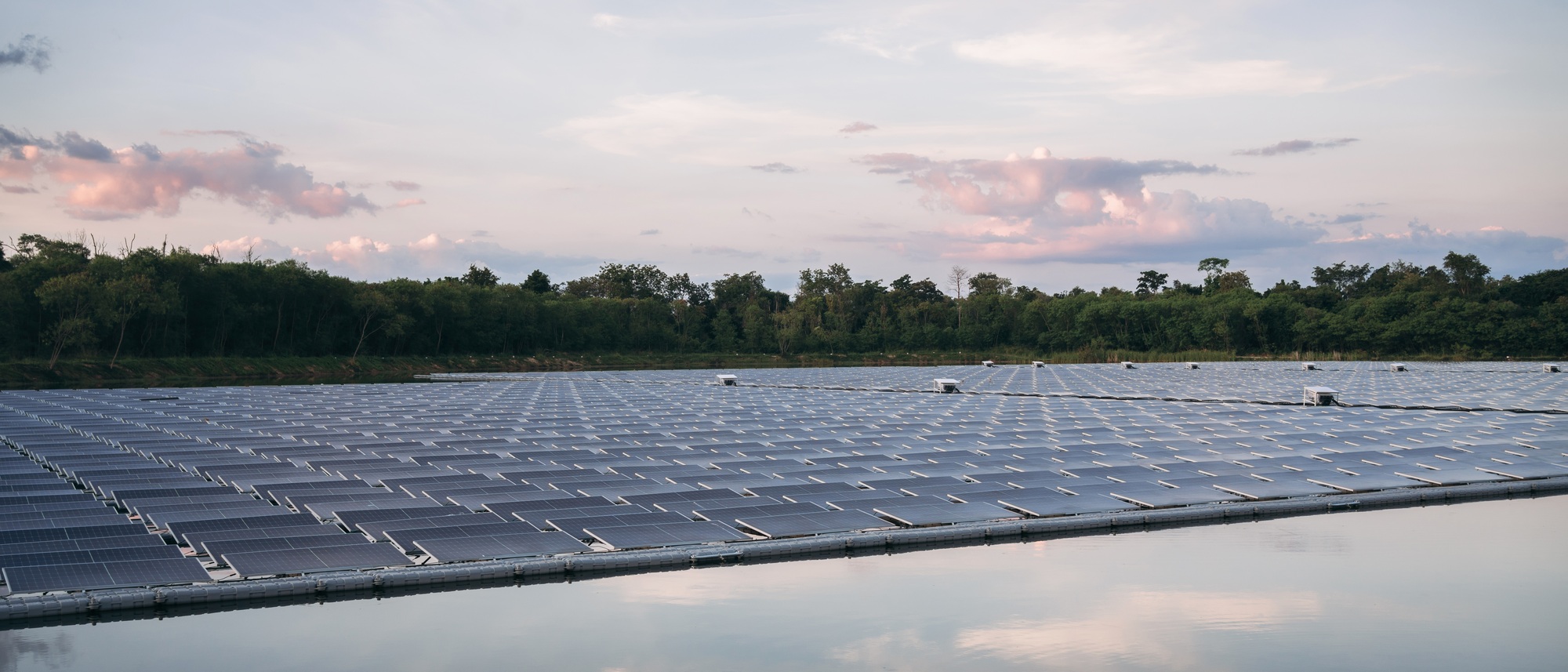
Effective maintenance and operations ensure the smooth functioning of your solar farm. Regular tasks and monitoring systems play vital roles in sustaining energy production.
Routine Maintenance Tasks
Conduct regular cleaning of solar panels to remove dust and debris, enabling optimal sunlight exposure. Schedule bi-annual inspections of electrical components to check for wear or damage. Monitor inverter performance monthly to identify any operational issues timely. Address vegetation growth around panels every season to prevent shading and preserve efficiency. Arrange for battery storage maintenance every six months if utilized to optimize energy supply.
Monitoring Energy Production
Implement a monitoring system that tracks energy output in real-time, providing insights into performance trends. Review data daily to identify deviations from expected production levels—this enables prompt investigations into performance issues. Analyze historical performance reports monthly to recognize patterns that inform potential upgrades or adjustments. Maintain clear communication with software providers about system performance software, ensuring timely updates and support.
Troubleshooting Common Issues
Identify common issues such as shading, soiling, or equipment failure promptly through regular inspections. Establish a dependable response plan for addressing inverter malfunctions; prioritize repairs to minimize downtime. Detect performance drops by monitoring energy output closely—immediate action can prevent larger issues. Ensure quick access to diagnostic tools and resources for timely resolutions, maintaining operational efficiency.
Common Issues And Troubleshooting
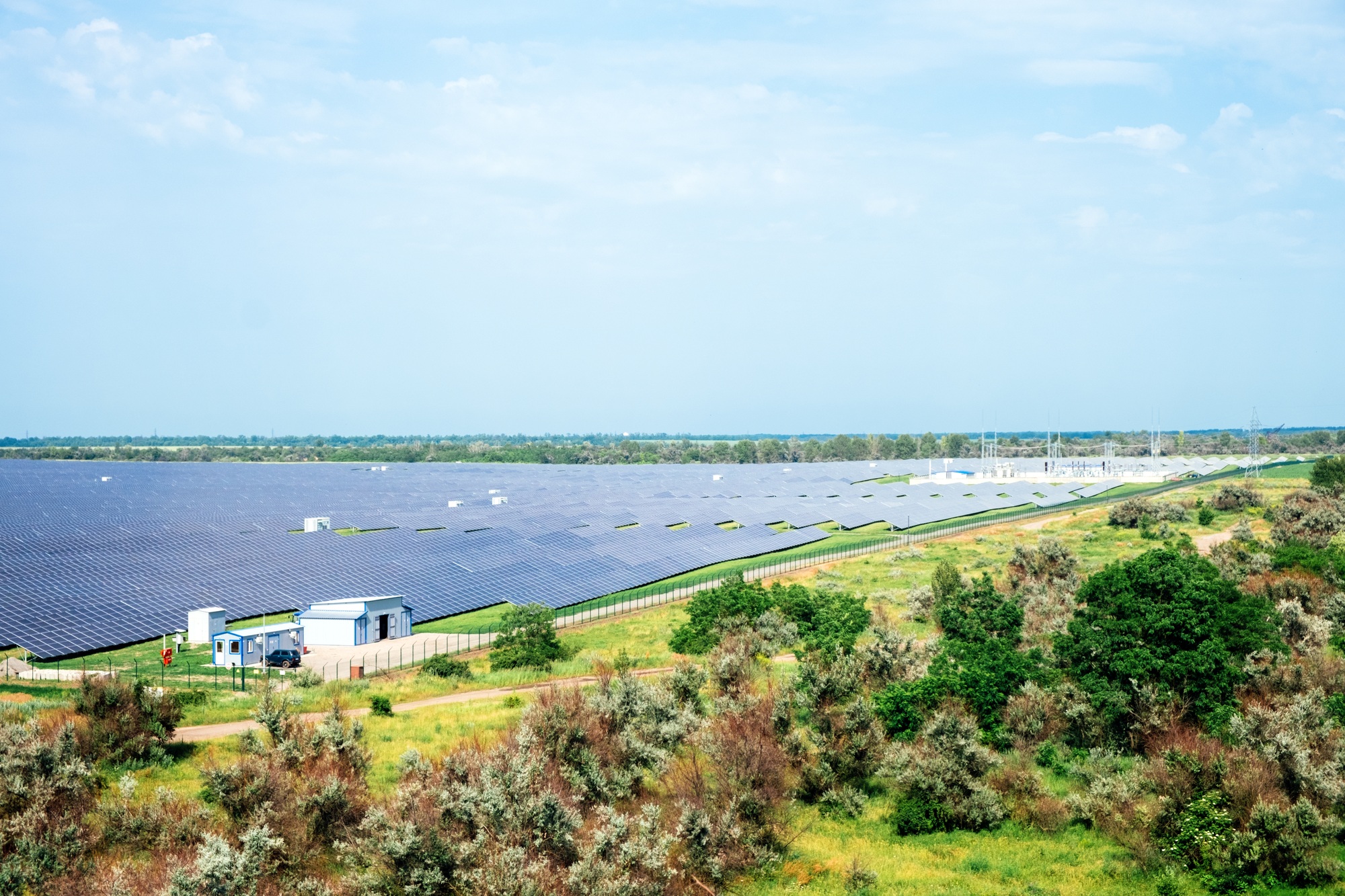
Troubleshooting common issues in solar farming ensures operational efficiency. Addressing potential problems proactively bolsters energy production and business sustainability.
Dealing With Low Production Levels
Monitor energy output consistently. Analyze factors impacting production such as shading from nearby structures and dirt accumulation on panels. Clean solar panels regularly to enhance performance. If production remains low despite these measures, assess solar panel efficiency and consider upgrading to more advanced technology.
Equipment Failures
Identify equipment failures promptly to minimize downtime. Conduct routine inspections on critical components like inverters and mounting systems. Replace defective parts immediately to maintain energy flow. Partnering with a reliable maintenance service provides timely repairs and extends equipment lifespan.
Navigating Environmental Challenges
Evaluate environmental impacts periodically. Factors such as extreme weather and changing climatic conditions can hinder operations. Implement appropriate measures like enhancing drainage systems to mitigate water pooling or reinforcing structures against high wind. Adapt to regulations concerning local wildlife habitats by conducting environmental assessments during the planning phase.
Conclusion
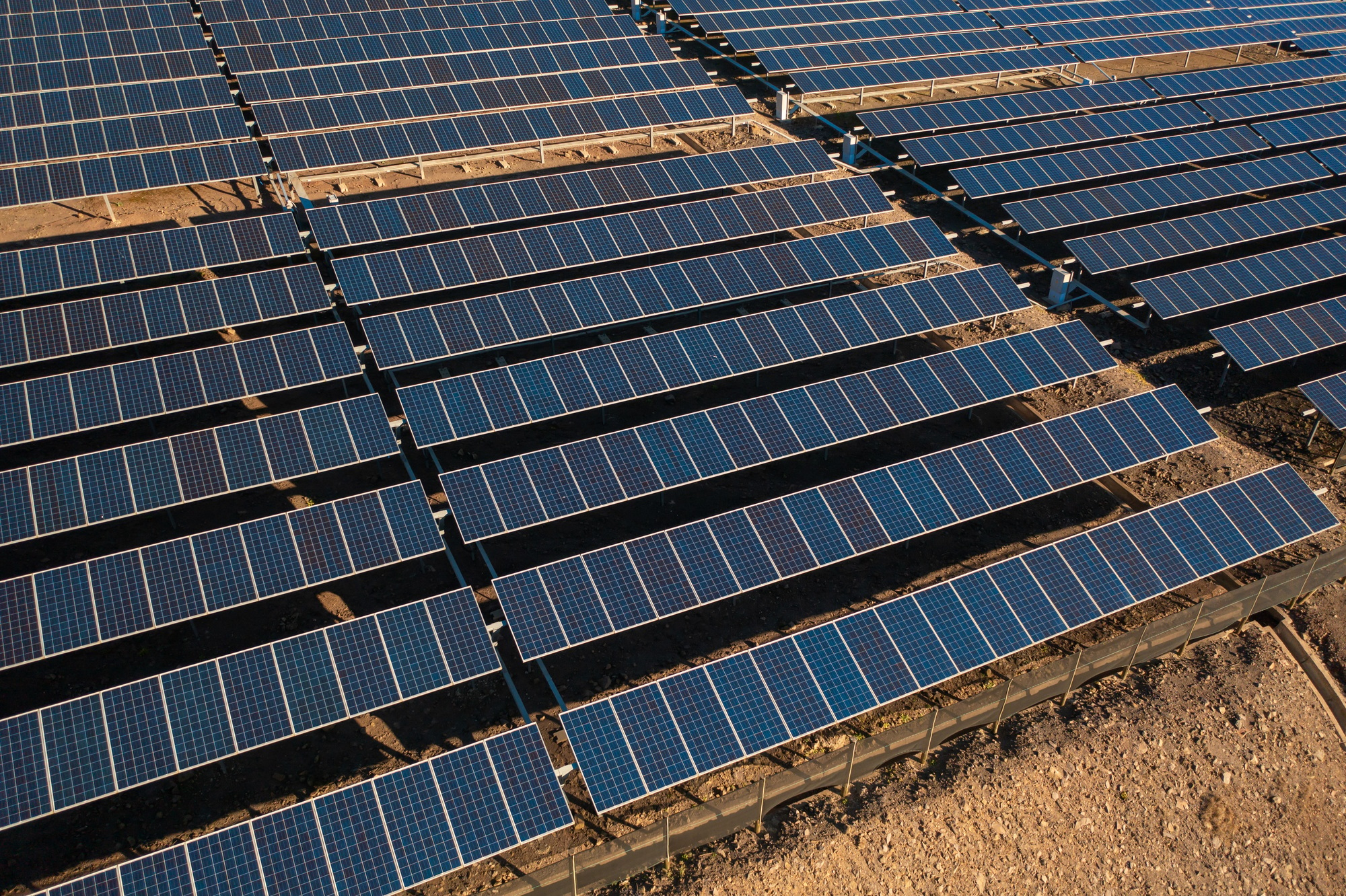
Starting a solar farm is an exciting venture that can lead to both financial rewards and a positive environmental impact. By following the essential steps outlined in this guide you can navigate the complexities of planning financing and installation with confidence.
Remember to stay informed about local regulations and seek expert advice to ensure compliance and efficiency. With the right approach and dedication you can turn your vision into a successful reality while contributing to a sustainable future. Embrace the journey and watch your solar farm thrive.
Frequently Asked Questions
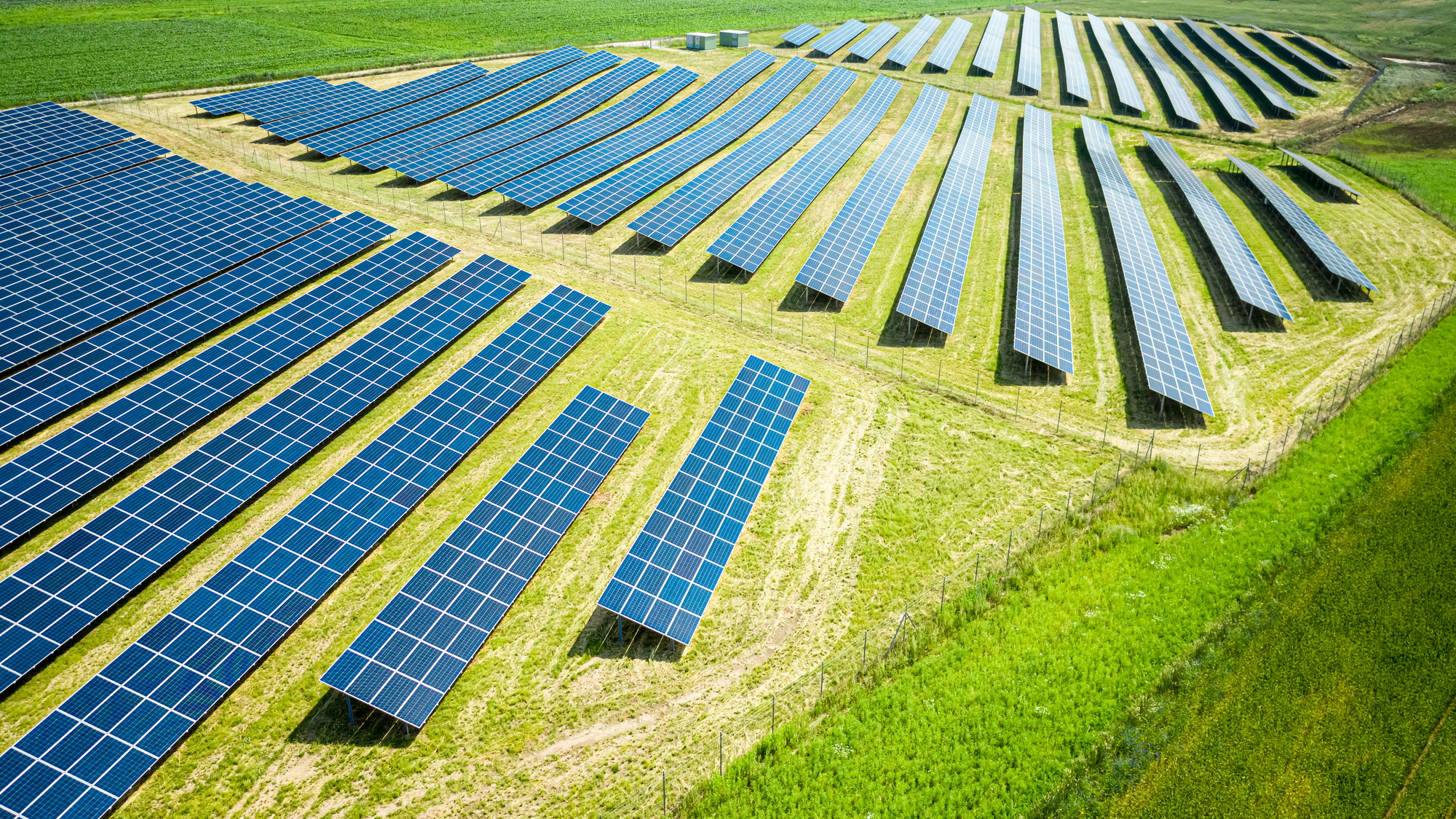
What is a solar farm?
A solar farm is a large-scale system designed to convert sunlight into electricity using multiple solar panels. These farms can generate significant amounts of energy, providing power to utility companies or localized communities.
What are the benefits of solar farming?
Solar farming offers numerous benefits, including reduced greenhouse gas emissions, lower electricity costs, tax incentives, and the potential for steady income. It also supports sustainability efforts and contributes positively to the environment.
How much land is needed for a solar farm?
Typically, a solar farm requires 2 to 5 acres of land per megawatt of energy produced. The exact land requirement may vary depending on the technology used and the specific energy output goals.
What are the financial considerations for starting a solar farm?
Initial costs for a 1 MW solar farm range from $820,000 to $1.36 million. Ongoing expenses, such as maintenance and insurance, should also be factored in. ROI can be achieved within 5 to 10 years, depending on various market conditions and incentives.
What permits are needed to establish a solar farm?
Obtaining necessary permits, such as land use permits and interconnection agreements, is vital for starting a solar farm. Local regulations vary, so consulting with local authorities ensures compliance and avoids legal complications.
How do I select a suitable location for a solar farm?
Choose a location with optimal weather conditions and easy accessibility. Conducting a feasibility study can help assess solar potential and land availability, ensuring the site meets energy production goals.
What materials are essential for building a solar farm?
Key materials include high-quality solar panels, inverters, mounting systems, and battery storage for energy supply. Additionally, infrastructure like access roads, electrical connections, and security fencing are critical for smooth operations.
What is the installation process for a solar farm?
The installation process includes site preparation, mounting system setup, solar panel installation, electrical connections, and final inspections. Hiring experienced contractors ensures compliance with safety regulations and standards.
How do I maintain a solar farm?
Routine maintenance tasks involve cleaning solar panels, inspecting electrical components, and monitoring inverter performance. Implementing a monitoring system helps track energy output and identify issues early for efficient operation.
What troubleshooting strategies should I consider for solar farming?
To address common issues, regularly monitor energy output and clean panels as needed. Promptly identify and repair equipment failures, while adapting to environmental challenges posed by extreme weather and local wildlife regulations.
Image Via Envato: Shaiith, andreonegin, IrynaKhabliuk, NewJadsada, prathanchorruangsak, mstandret, fotodestock, Johnstocker, DisobeyArtPh, halfpoint, RossHelen, praethip


